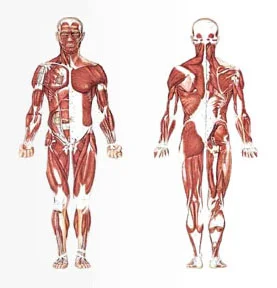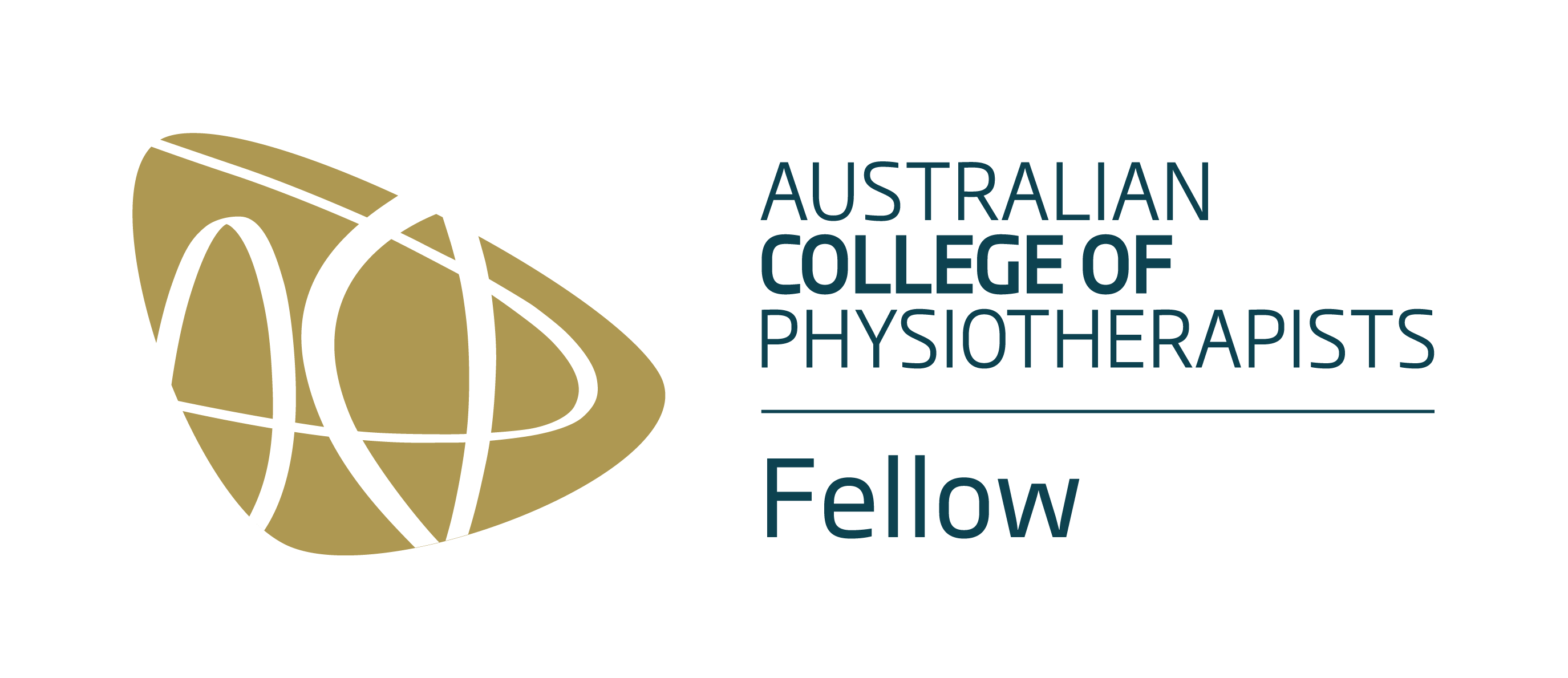Today musculoskeletal physiotherapy is a specialised area of physiotherapy.
Musculoskeletal physiotherapy is the term used for special handling techniques to promote the healing of joints and soft tissues. Let’s take a brief look at some of the techniques in a little more detail.

Myofascial release
Myofascial release is a type of massage that stretches the fascia and releases bonds between the fascia in order to relieve pain. The fascia is the thick band of tissue beneath the skin that covers muscles, organs and bones. The connection between muscles and fascia is what is called the myofascia system. The fascia can become tightened or restricted by stress, injury, inflammation and poor posture. Massage therapy is often used successfully in treating sprains and strains by manipulating specific muscles, tendons, ligaments and connective tissue.
There are two forms of myofascial release – the direct and the indirect method. The direct method gets to the deep tissue to stretch and elongate the fascia. The indirect method is a gentle stretch that brings blood to the tissues and allows the fascia to ‘unwind’ itself.
Joint mobilisation
Joint mobilisation is a common practice among physiotherapists where a joint is moved passively to achieve three different but complementary therapeutic effects. Physiotherapy researchers and other scientists have shown that:
- Firstly their is an effect on the nervous system to stimulate production of the body’s own natural opioids for pain control.
- Second, demonstrated improvements in muscle function occur.
- Thirdly, there are improvements in range of movement.
Hence jont mobilisation is indicated with restriction of joint (or muscle motion) or pain. It can also assist in the reabsorbing of scar tissue, promote muscle healing and joint mobility.
Manipulative therapy
Manipulative Therapy is a joint mobilisation that involves a high speed low force technique at one specific joint that may result in a popping sound, called cavitation. It is has beneficial effects similar to those of joint mobilisation regarding pain control.
Take care when considering manipulative therapy, as nowadays it is being offered by non-professionals and persons who are not properly trained. Contact your Specialist Musculoskeletal Physiotherapist in Cheltenham, Bayside on (03) 9533 5305 to discuss any concerns you may have.













